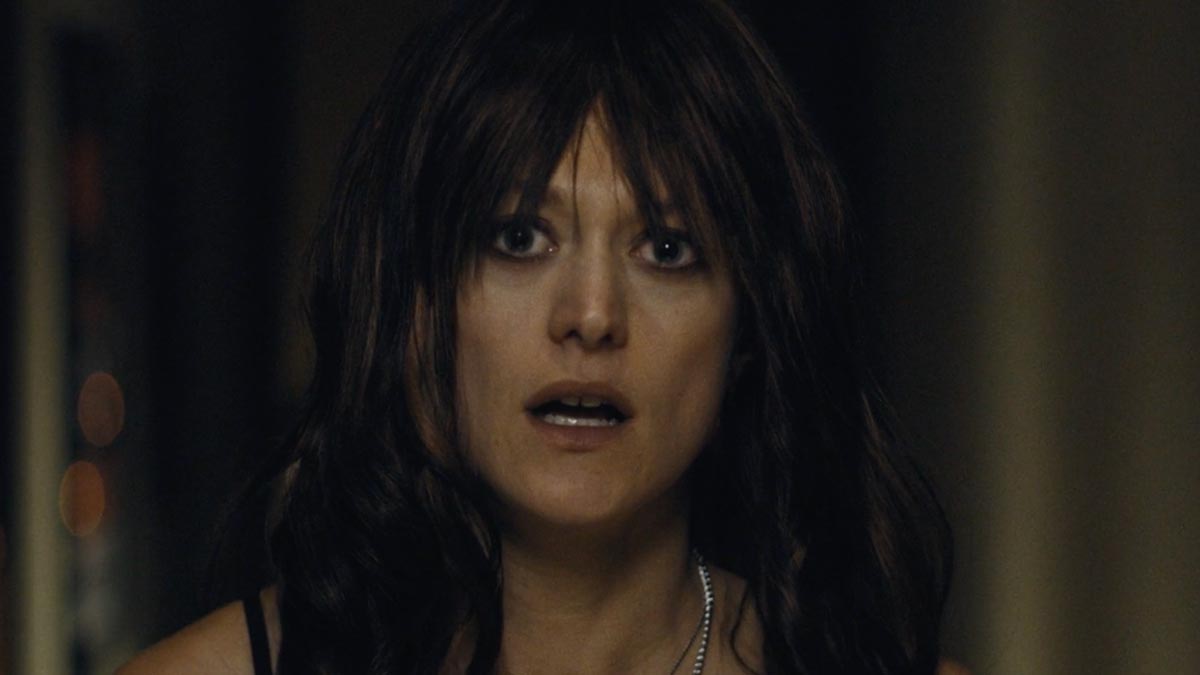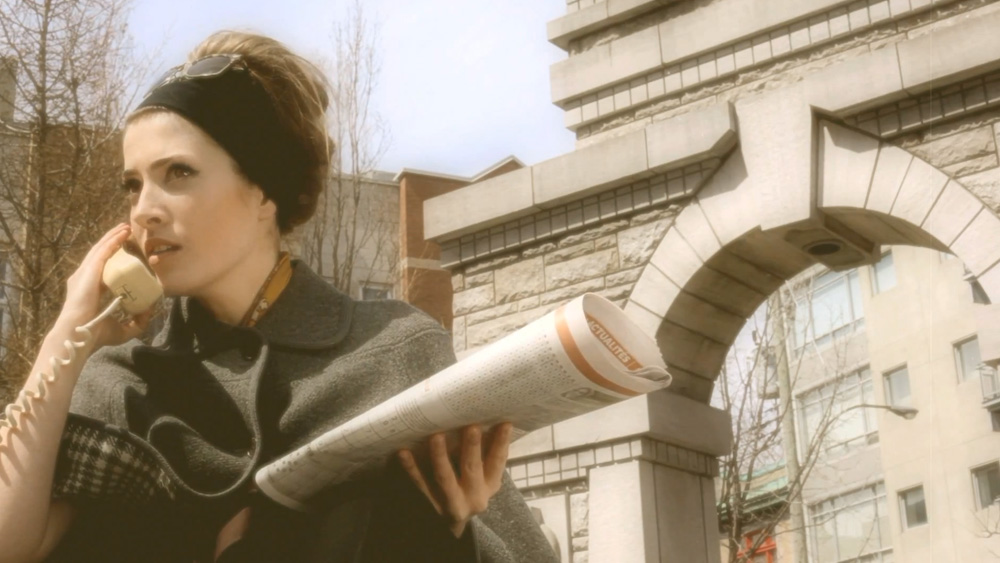The Monolith is a documentary short about pioneering artist, Gwyneth Leech, and her relationship with the shifting view of the view out the window of her midtown art studio. And her life…
“The Monolith” is a documentary film that follows the journey of Gwyneth Leech, a pioneering artist based in New York City, as she grapples with the impending loss of her beloved skyline view. Leech enters her midtown art studio one day only to discover that the construction of a high-rise hotel will soon block her view of the city’s iconic skyscrapers. As the world outside her window changes, so does Leech’s perspective, and the film explores how this shift inspires and transforms her art. Directed by Angelo J. Guglielmo, Jr. and featuring over 200 pieces of Leech’s artwork brought to life through animation, motion graphics, and compositing by Rosie Walunas, “The Monolith” is a visually stunning and deeply personal exploration of art, perspective, and the city that inspires it.
What inspired you to make a documentary about Gwyneth Leech and her art studio?
Gwyneth is my next door neighbor in my Hell’s Kitchen apartment and we’ve known each other for a long time. She came over to my apartment for a coffee visit one morning and told me what was going on with the view outside her art studio and some existential challenges she was having and I could see the film right then and there.
How did you first meet Gwyneth, and what was your initial impression of her work?
My early impressions of Gwyneth’s work was one of admiration BUT she had a completely different style to her paintings when I first met her then when we eventually filmed The Monolith. Her early paintings didn’t have buildings in it–certainly not NY buildings. Eventually, her style evolved into her wonderful “construction series” that is featured in the film.
Can you talk about the visual style of the film, and how you used different mediums to convey different emotions or ideas?
My goal was to make a film about a person first and art second. This informed the visual style of the film–everything that we employed from stills to footage to her inspiring paintings, cups and drawings were used to give a DEEPER insight into where Gwyneth was in her LIFE. The time-lapses, parallaxing and visual style of the film I conceived with the PHENOMENAL and VISIONARY editor Rosie Walunas was a grass-roots effort.
After we mapped out and ballparked what we wanted to happen where, Rosie used the Adobe Suite to create those stunning visual landscapes. Then, we tweaked and tweaked until it started to feel right. The concept was that things had to be simple but profound. Easy to understand after one viewing. Everything had to appear like it was from Gwyneth’s POV and connect to her state of mind. It had to involve the audience and avoid the conventional “art film” trap of making a film about paintings–it had to be about a life.
The phenomenally talented composer, Abraham Clements, then took the visuals and created a series of great compositions–it was a tough exacting process but I loved his score!
What was the most challenging scene for you to film?
A drone sequence that we never used in the film. We found a wonderful photographer who was also a drone operator on Instagram. And he met us in Times Square to do a series of still photographs and then we went back to the studio to shoot a scene that involved the drone sailing through the room and out the window to reveal the cityscape. The only problem was that the drone lost its signal and got lodged into the side of the building!
What has this film taught you about filmmaking?
It shifted my perspective. I realized I can work on a low budget, with only one other person as a primary collaborator, the visionary editor Rosie Walunas and have a great experience that rivaled full-crew, large-scale productions.
Do you have any tips or advice to offer fellow filmmakers?
Make the films you want to and don’t seek permission: FORGET the GATEKEEPERS–there is only one filmmaker like you. Don’t worry about money. When I made The Monolith, there was no money raining out of the sky or a pragmatic reason to make it except that the story should be told and I was passionate about it. And it ended up opening more doors than I can count. Like Gwyneth, commit to the work despite the challenges.
What do you hope people will take away from The Monolith?
That, as artists, we ALL procrastinate. But it does lead us somewhere if we only surrender to the fact that the road to creation is filled with roadblocks. And that as long as YOU keep showing up, the art will stay alive. LIFE should always inform art–not the other way around.
What are your favorite short films?
So many! I loved the documentary short Stranger At The Gate. It really told a deep story in a very simple way. I loved The Queen of Basketball–another inspiring character-driven subject that is told in a simple but emotional way. I really liked “The Neighbors’s Window” by Marshall Curry.
Which films can you say directly inspired this film?
I don’t think there is any film that directly inspired this one but a few SHOTS in the film were inspired by Hitchcock’s “Rear Window”. I felt like too much of the film was taking place in the art studio and I wanted to see if the construction manager opposite Gwyneth’s window would let us film from the reverse angle and he said yes. I was shocked because it was just me and my brilliant DP, Andy Bowley. We had to work fast and what we ended up with was very inspired by “Rear Window”–that “outside looking in” POV. I also ended up being the guy in the construction hat because the real construction worker was working and couldn’t come upstairs (we had to promise to give him back his hat).




